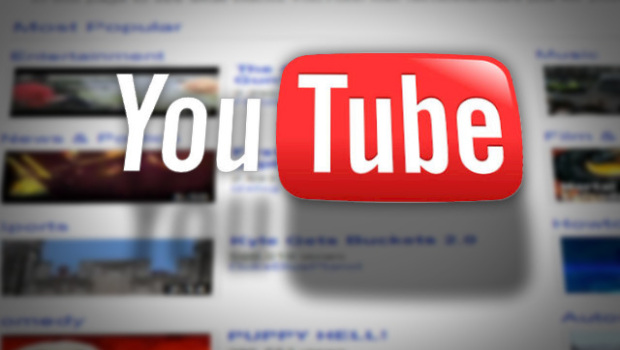
 We all know that the Internet has changed the way we do virtually everything, especially the way we get our news. The print newspaper is going the way of the dodo, and many papers are closing up shop already.
We all know that the Internet has changed the way we do virtually everything, especially the way we get our news. The print newspaper is going the way of the dodo, and many papers are closing up shop already.
Our teens know that celebrity gossip, political upheavals, and world events are old news by the time they appear in tomorrow's paper, the nightly newscast, or the next issue of OK! Magazine. Why wait when they can find out about it on Twitter within seconds?
That's one reason why YouTube is becoming a major source of news. The 24/7 visual nature of YouTube makes it a viable news media platform, and many major networks as well as amateur at-home journalists who catch news on camera are using it.
In the aftermath of the tsunami in Japan, the top 20 videos on YouTube were all related to the disaster and were viewed a total of 96 million times.
Aside from offering instant access to news, video sharing sites also cater to the way our kids like to personalize everything. YouTube can essentially be an 'on demand' news site where teens determine their own viewing agenda.
But the problem with getting your kids getting their news from video sharing sites is that YouTube is a lot like Wikipedia: anyone can say anything. Videos can be error-ridden or fake even when they appear official. They could even be altered or edited to change the meaning.
Do your teens know how to critically evaluate what they see on YouTube?
In your normal course of parental monitoring, you'll notice what your child has been viewing. Next time you're together bring up a news story or event they've been searching for on YouTube. Not only will it make for good dinner table conversation, it will also give you the chance to talk about the importance of evaluating the source of what they see online.
-Article Contributed by Jenny Evans



